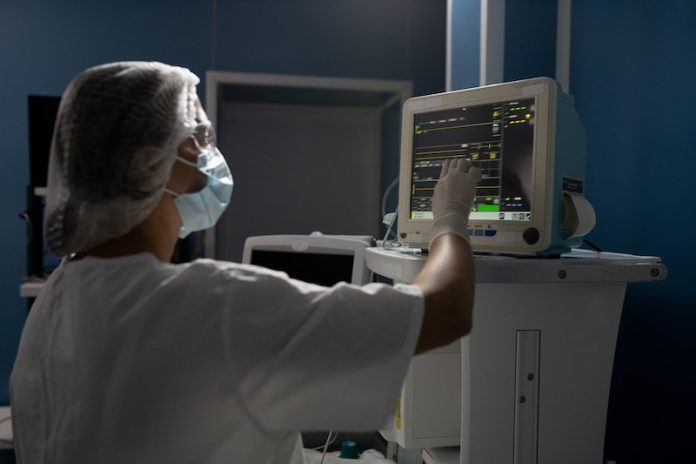
Heart problems are a leading cause of death worldwide. But, what if scientists could pinpoint what exactly goes wrong in our hearts, especially when it comes to irregular heartbeats?
Researchers at The Ohio State University have done just that. They’ve made a breakthrough in understanding the root cause of certain life-threatening heart disorders.
This new discovery revolves around a tiny protein, named calmodulin, and how it can sometimes go awry, leading to fatal heart conditions.
Why Understanding the Heart is Critical
The heart is the engine that keeps us alive, pumping blood through our veins. This process is run by a precise and rhythmic heartbeat, like the ticking of a well-made clock.
But sometimes, that clock skips a beat—or many—and things go haywire. This is known as a cardiac arrhythmia. Doctors often treat arrhythmia with medications, surgery, or electrical stimulation techniques.
However, for a specific type of arrhythmia called calmodulinopathy, effective treatments have been elusive.
Imagine the heart as a big orchestra where each part plays a specific role. Calmodulin is like the conductor, guiding the different parts so they work in harmony.
It helps control how sodium and calcium—two types of tiny charged particles—move in and out of heart cells. This movement is crucial for a regular heartbeat.
The Trouble-Maker: A Mutated Protein
But what happens when the conductor has a flaw? Researchers at Ohio State have identified a mutated version of the calmodulin protein, which they refer to as D96V-CaM.
This mutated protein causes a specific channel, a sort of gateway for charged particles in heart cells, to act oddly. This results in an abnormal release of calcium, throwing off the heartbeat and causing arrhythmias.
Here’s the simple analogy: Imagine your heart as a well-tuned car engine. Now think of sodium and calcium as the oil and gas that make it run smoothly.
The channels are the pipes through which these essential fluids flow. When the mutated calmodulin is in charge, it’s like using bad quality oil or gas, causing the engine to malfunction.
The researchers have also figured out that this flawed version of calmodulin doesn’t mess with all the channels; it focuses on one type called NaV1.6.
Knowing this could be a game-changer because we can now look at targeting just that specific channel for treatment.
A New Pathway to Treatment
Here’s where the breakthrough turns promising. The team experimented with a lab-created mouse model to see if targeting the problem-causing channel could be a way to treat this deadly heart condition. The initial results were positive.
This research might also open doors for treating other types of heart disorders that are caused by irregularities in how sodium and calcium flow in heart cells.
The principal researcher, Przemysław Radwanski, says the findings could pave the way for “new therapies based on existing drugs.”
This study doesn’t just add a chapter to the book of medical science; it could rewrite how we approach heart health in the future.
As of now, the team at Ohio State University has published their findings in a well-regarded scientific journal, setting the stage for further research and, hopefully, life-saving treatments.
While it’s crucial to note that these findings are based on animal studies and need to be confirmed in humans, the discovery holds enormous promise.
For patients and families impacted by these dangerous heart conditions, it’s a ray of hope and a significant step toward potential treatments that could save lives.
If you care about heart health, please read studies about Common type 2 diabetes drugs may raise heart risk and findings of Warning signal from the kidneys can predict future heart failure risk.
For more information about heart health, please see recent studies about Aspirin linked to a higher risk of heart failure, and results showing this drug could reduce heart disease, fatty liver, and obesity.
Follow us on Twitter for more articles about this topic.
Copyright © 2023 Knowridge Science Report. All rights reserved.



